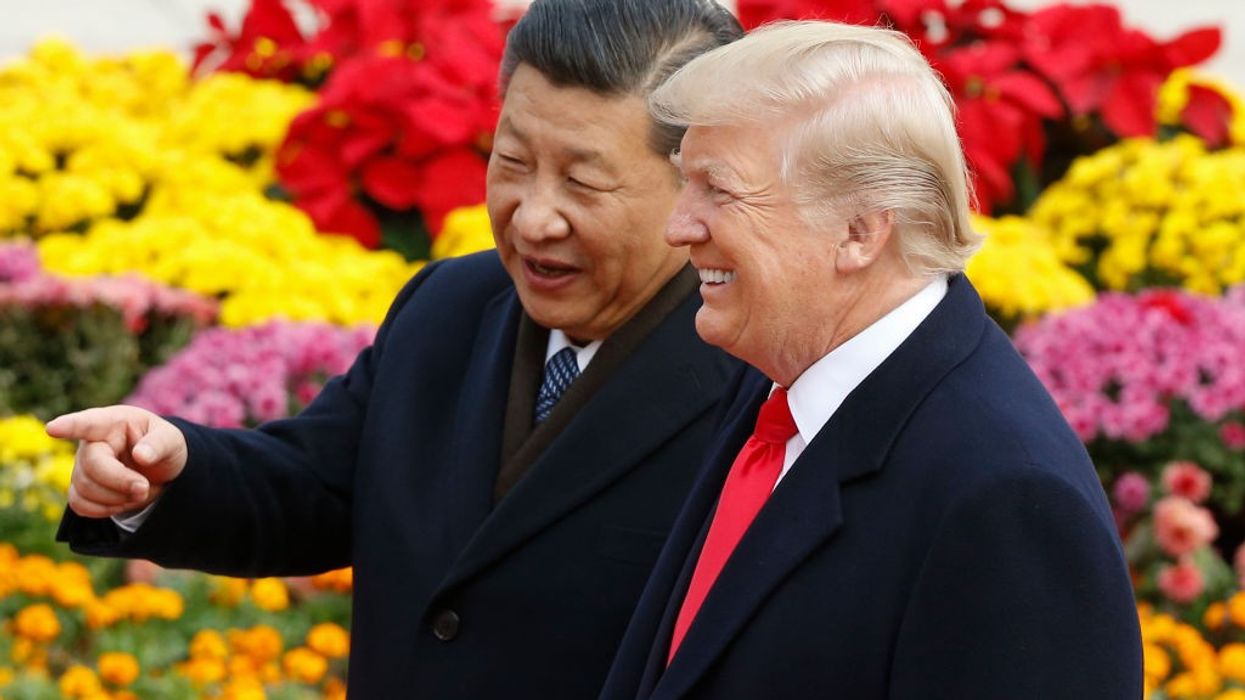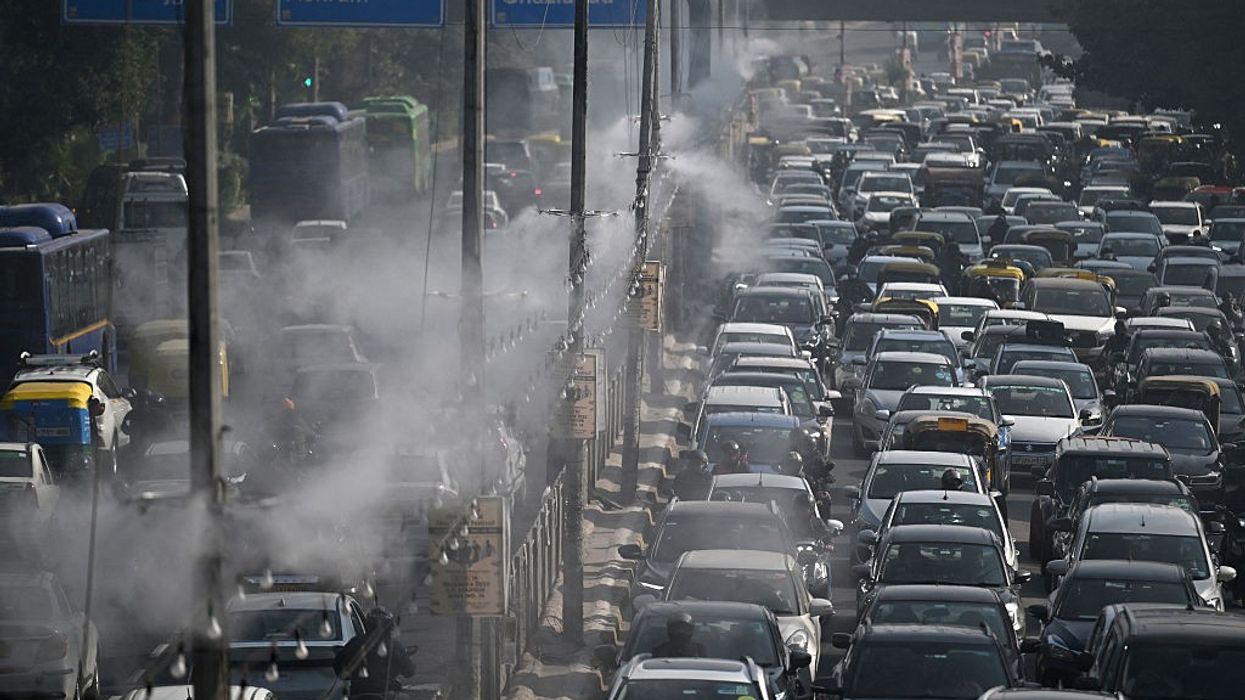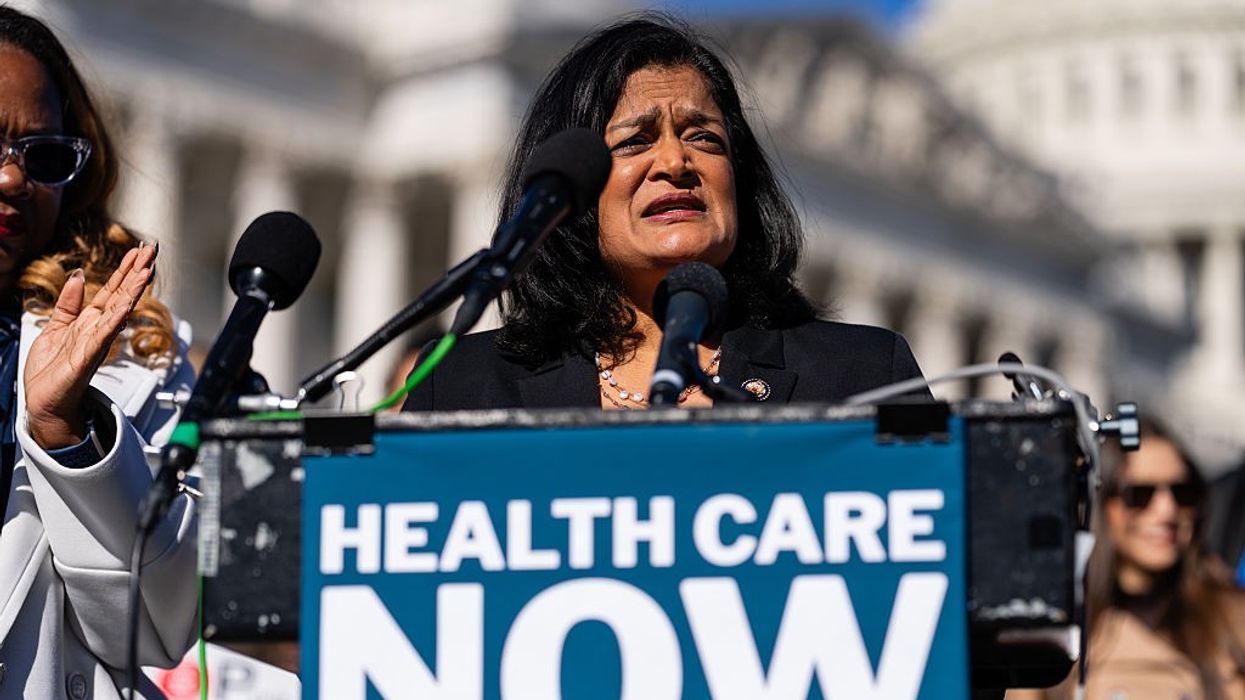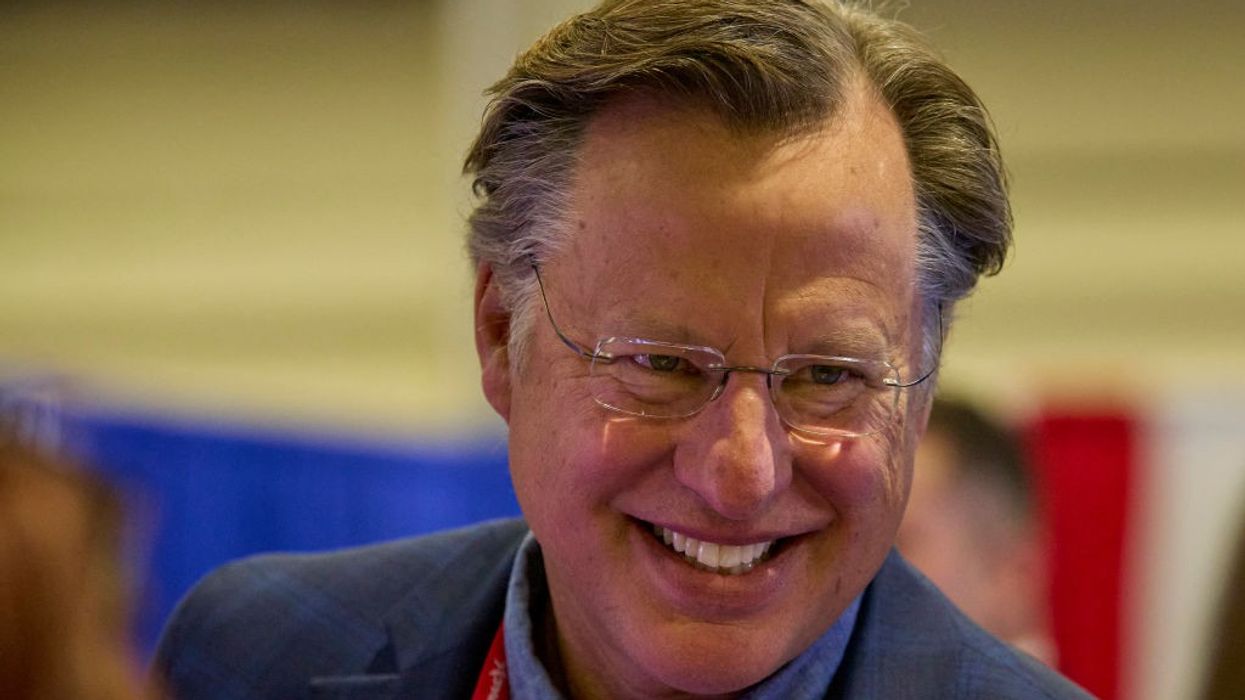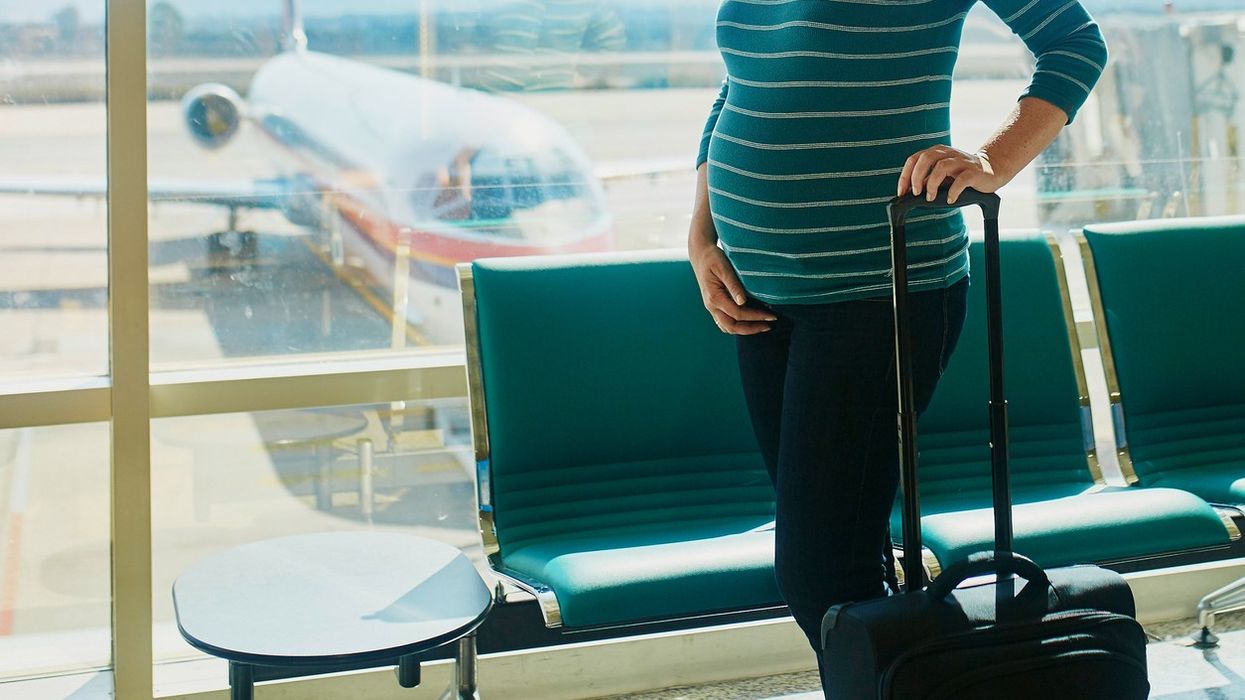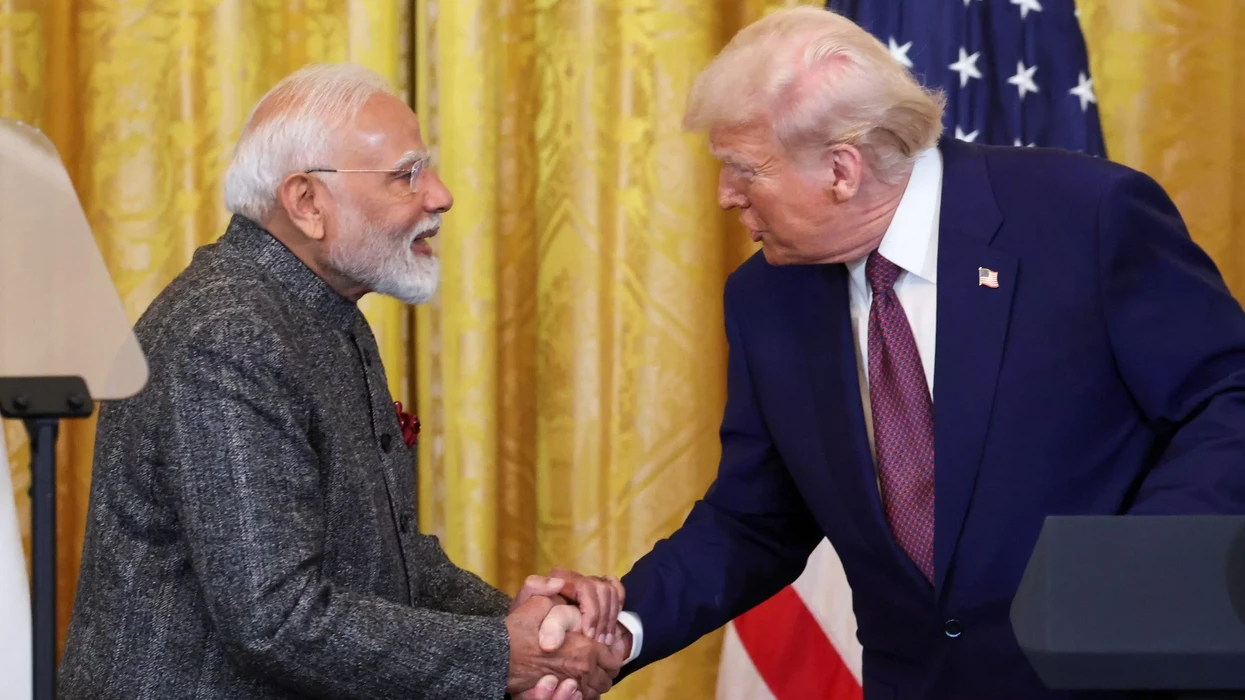Highlights:
In a surprising shift from his earlier strict visa stance, US President Donald Trump announced that the United States will allow 600,000 Chinese students to study at American universities. Speaking from the Oval Office, Trump emphasized the importance of maintaining a “very important” relationship with Beijing despite ongoing trade tensions. “We’re going to allow their students to come in,” he told reporters. “It’s very important, 600,000 students... But we’re going to get along with China.”
Currently, about 270,000 Chinese students are enrolled in US institutions, meaning Trump’s announcement would more than double their numbers, setting a new record for Chinese student admissions in America.
The announcement came at a critical moment during ongoing US-China trade negotiations, including recent truce talks following tit-for-tat tariff impositions earlier in the year. Trump also warned China against restricting US access to key rare earth magnets, threatening 200 per cent tariffs if Beijing doesn’t cooperate, but reassured that such trade disputes will not affect Chinese students’ status in the US.
Sharp contrast to earlier visa restrictions
Trump’s announcement starkly contrasts with the earlier harsh visa policies his administration implemented in May 2025. Secretary of State Marco Rubio had then stated that US departments would aggressively revoke visas for Chinese nationals, especially those suspected of Communist Party ties or studying sensitive technologies.
Visa criteria were tightened to scrutinize future applicants from China and Hong Kong, and US embassies worldwide suspended visa appointments for students from these regions.
This hardline approach, part of the broader “America First” policy, aimed at restricting perceived security risks amid geopolitical tensions. Nevertheless, Trump’s June remarks revealed a more nuanced stance, indicating he is “always in favor” of allowing Chinese students to study in the US, provided it benefits national interests.
The latest Oval Office statement formalized this approach, signaling a partial thaw, albeit amid continued economic rivalry and tariff impositions.
Backlash from MAGA supporters over policy shift
Trump’s move to welcome more Chinese students drew sharp criticism from his staunchest “Make America Great Again” (MAGA) supporters, who accused him of betraying the “America First” agenda. Vocal critics on social media, such as right-wing activist Laura Loomer, branded the students as “CCP spies” and condemned increased Chinese immigration. Loomer tweeted, “I didn’t vote for more Muslims and Chinese people to be imported... Please don’t Make America China,” reflecting the xenophobic and nationalist sentiment among parts of Trump’s base.
Similarly, Republican Congresswoman Marjorie Taylor Greene opposed admitting 600,000 Chinese students, claiming they might undermine American students’ opportunities. Greene wrote on X, “We should not let in 600,000 Chinese students... who may be loyal to the CCP,” questioning why US colleges should allow Chinese students to replace American opportunities and accusing institutions supported by Chinese students of being CCP-influenced.
These critiques underscore tensions within the Republican party and the MAGA movement, highlighting ideological divisions between national security concerns and economic pragmatism.
Administration defends economic rationale behind decision
Despite the backlash, key figures in Trump’s administration defended the policy. Commerce Secretary Howard Lutnick explained to Fox News that many US universities rely heavily on international students financially, noting, “Without those 600,000 students, the bottom 15 percent of universities would go out of business.” He framed the president’s decision as a rational economic move intended to sustain higher education institutions that otherwise struggle economically.
The administration’s position stresses the financial necessity of international student enrollment, balancing national security interests with the economic realities facing American colleges. The decision to maintain a sizeable number of Chinese students reflects the complex interplay between diplomacy, economics, and domestic political pressures.
China urges US over harassment
The contradictory signals about Chinese student visas highlight the challenges in US-China relations amid ongoing trade tensions and geopolitical rivalry. While education remains a vital bridge between the countries, security concerns and political rhetoric continue to complicate policymaking.
China has urged the US to address reports of Chinese students facing undue scrutiny and harassment upon entry, emphasizing the importance of honoring commitments to welcome international students. Meanwhile, the US extends its trade truce with China for an additional 90 days, providing some breathing space for diplomatic talks.
President Trump’s statement on allowing unprecedented numbers of Chinese students signals a pragmatic shift but also exposes fault lines within his political coalition. The decision’s effect on the university landscape, US-China diplomacy, and domestic political divisions will unfold in the months ahead.
